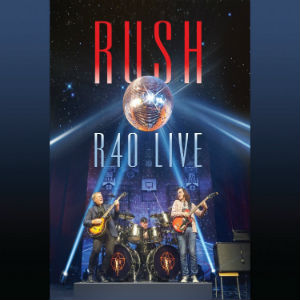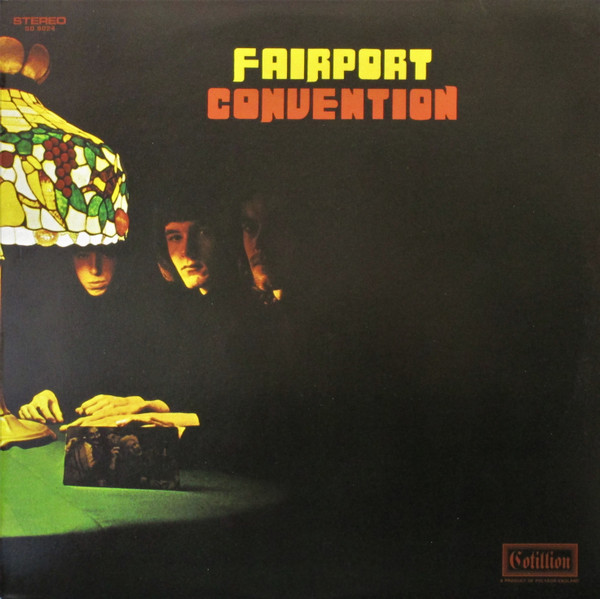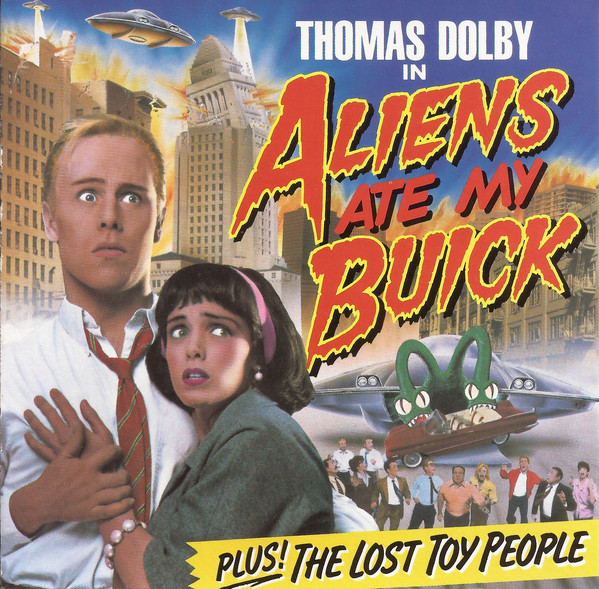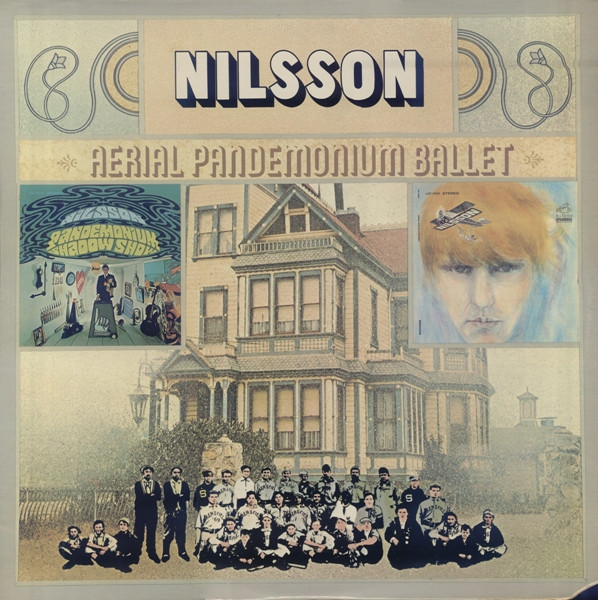 Their fortieth year as a band was celebrated with a North American tour, resulting in Rush’s eleventh live album. R40 Live was another three-CD package, also made available with or as a DVD or Blu-ray set; this would be preferred by most fans who would not only appreciate seeing their idols—and their antics—up close, but also get the various comedic films shown as interludes throughout in high resolution.
Their fortieth year as a band was celebrated with a North American tour, resulting in Rush’s eleventh live album. R40 Live was another three-CD package, also made available with or as a DVD or Blu-ray set; this would be preferred by most fans who would not only appreciate seeing their idols—and their antics—up close, but also get the various comedic films shown as interludes throughout in high resolution.After “The World Is… The World Is”, a montage of 26 iconic Rush riffs compiled to accompany the opening video, the first disc more or less travels backwards in time from Clockwork Angels to Signals, but skipping three ‘80s albums. (This might not have been the smartest idea, as Geddy Lee ends up forced to sing at higher registers as the show progresses.) The second set relies on the old faithfuls and epics from Moving Pictures and Permanent Waves, followed by excerpts from “Cygnus X-1” in shuffled order, staying on A Farewell To Kings for “Closer To The Heart” and “Xanadu”, and finishing with a 12-minute condensation of “2112”. The encores combined “Lakeside Park” with “Anthem” and “What You’re Doing” with “Working Man”, ending with a tag of their early “Garden Road”, which never made it to an album.
To fill up the third disc, various performances from throughout the tour not played at these shows were included, to provide as complete a chronicle as possible. Performed live for the first time ever on this tour, “Losing It” appears twice: once with original violinist Ben Mink, and again with Jonathan Dinklage of the Clockwork Angels String Ensemble from the last show of the tour.
Naturally everything is impeccably played, two drum solos are indexed, and there’s enough variety from the last few live albums to keep it from sounding too redundant. Again, the visual aspect of the show is key, as the stage setup goes from the steampunk setup at the start through the washing machines to the Marshall stacks, ending with amps atop wooden chairs. Even Geddy switched to his old basses and smaller keyboards as the need fit.
Following this tour, finding himself increasingly beset by physical limitations, Neil Peart decided he’d had it. The other two agreed. Rush would never perform as a band, live or in the studio, again.
Rush R40 Live (2015)—3½




